What is it?
In recent years there’s been a nagging feeling that the adage ‘less is more’ could have been coined for the Mini. With every extra dollop of power, each new exterior add-on and, crucially, every additional pound on the price, the appeal of the classy and compact four-wheeled fashion accessory takes a little bit of a dive.
So, does the same hold true for the latest John Cooper Works, which sits at the top the go-faster pecking order (if you ignore the stripped out, limited run JCW GP, which in itself was a prime example of this theory, proving to be way less than the sum of its parts)? Like the rest of the Mini hatch line-up the JCW (as we’ll call it from here on in) has been treated to a facelift that coincides with the brand’s 20-year celebration of its launch of the first BMW-infused reinvention of Alec Issigonis’ 1959 trend-setter.
As updates go, this is a subtle one. In fact it's a harder spot on the JCW because its wings and splitters body kit looks very similar to its predecessor’s. Yet the reprofiled bumpers seen on other models are present and correct, as is the huge rear diffuser and the LED headlamps that are now framed in gloss black trim.
Inside, there’s the same refreshed infotainment system, which has crisp graphics and is a doddle to use, even if the 8.8-inch screen looks a little small. There’s also a rather nice new three-spoke steering wheel and a pair of hugely supportive high-backed seats, plus the usual smattering of JCW logos.
Under the ever so slightly different exterior, the JCW remains largely unchanged, which means it gets the same raft of enhanced parts that mean it’s more than just Cooper S with some different badges and an ECU remap. The brakes are larger Brembo items (330mm discs and four pot calipers at the front), while uprated springs and dampers are used for the front suspension, plus various components both here and in the multi-link rear axle have been lightened and strengthened.
Our car, however, wasn’t fitted with the new and simpler passive frequency-selective dampers that can quickly soften the ride by opening an extra valve when the car rides over a particularly aggressive bump, Called Intelligent Adaptive Damping it replaces the old electronically selectable two-way set up and is as a no cost option on the JCW. Mini claims the change is as a result of research that suggested drivers didn’t want to have to constantly swap modes in reaction to different surfaces, but it also has more than a whiff of cost cutting about it.
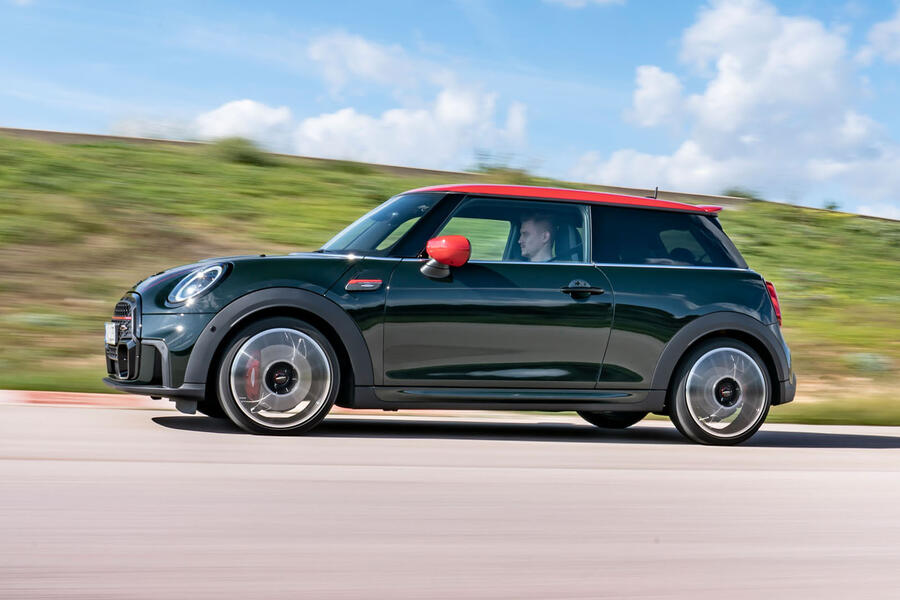

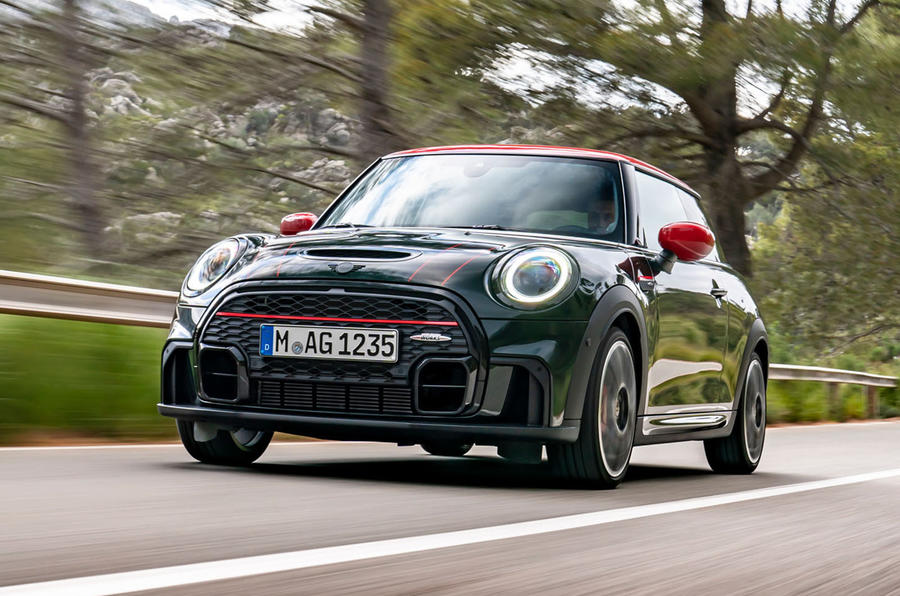















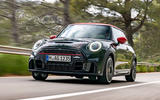
















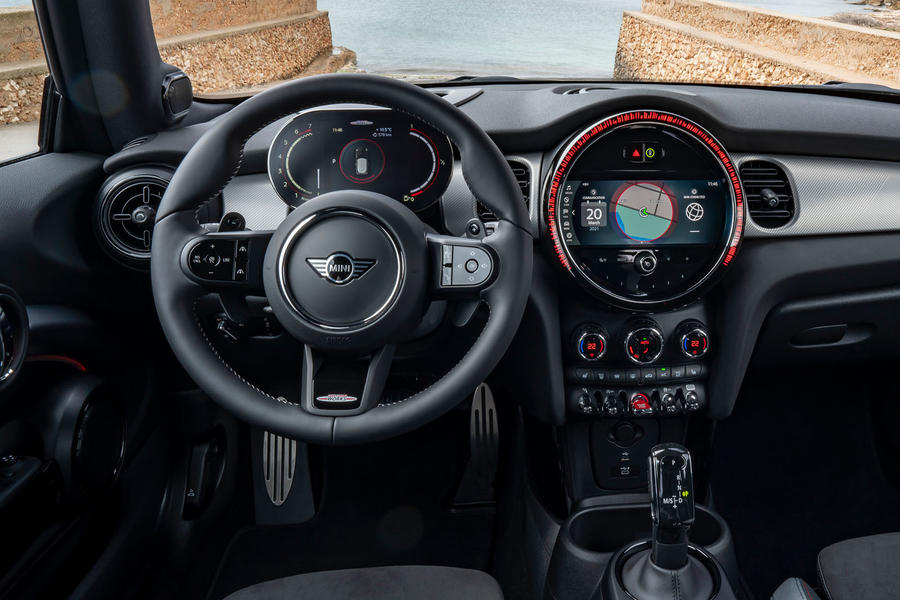
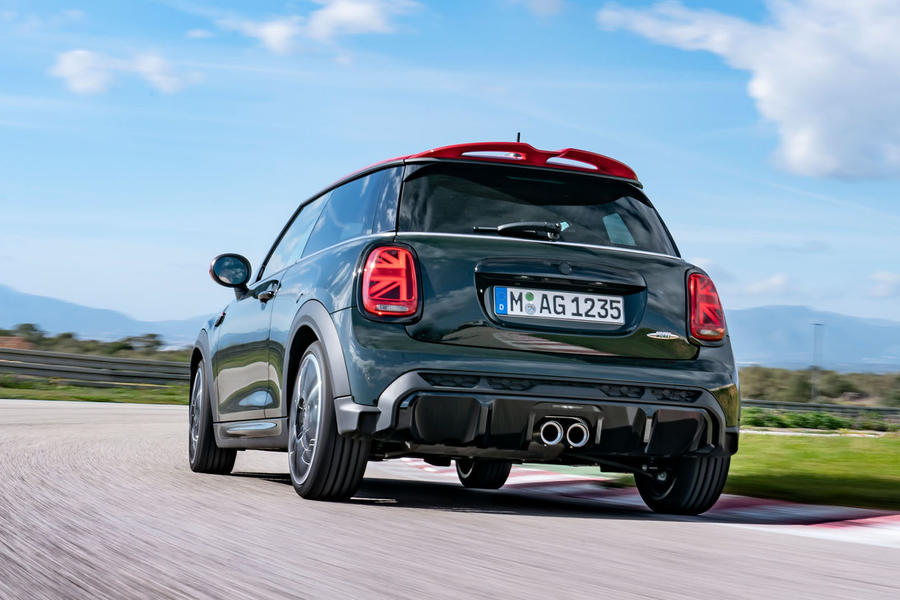





Join the debate
Add your comment
Biggest problem is, after twenty years, what else can you do with a Mini?, you can't radically change the shape, like the Golf, it's still got to have some resemblance to the original, put a new Mini beside an E39 BMW 5 series and you'll see what I mean, there about the same size?.
Biggest problem is the Cooper S, it's just to good
So if electronic damping has been dropped and no cost option is frequency dampers then why would anyone select the non FSD ? unless I missed something are the standard dampers the normal dampers or whatever certainly not as good as a well setup electronic infinitely variable.
Agree there will never be a review of a bog standard mini. Maybe autocar should consider nearly new readers / owners cars given how manufactuers only let you test the cars you they want you to test.